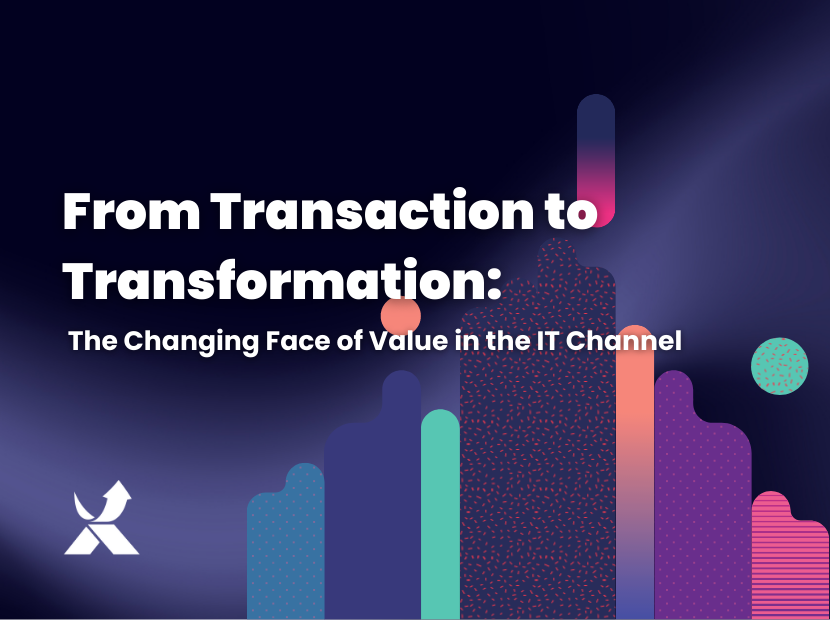
The PC is 40 this year. A lot has changed in the IT channel since the first one hit the shelves. One thing in particular has shifted: the concept of value.
Four decades ago, many channel partners looked for value on a price list. They survived by undercutting their rivals. This tin-shifting approach wasn’t sustainable. You can only go so low before you hit the bottom. As technology got simpler and prices fell, resellers ran out of room to differentiate themselves.
Adding value on top of technology
Value-added resellers took a more sustainable approach by finding value further up the technology stack, adding their own expertise to differentiate products. Building specialist video editing suites using PCs would be a good example.
VARs would often serve small- to medium-sized customers. The more sophisticated or specialised version is a systems integrator (SI), which builds more complex products for larger companies.
Distributors also saw the same shifting notion of value. Value-added distributors (VADs) differentiate themselves among reseller partners by going beyond simple product markup to add extra expertise. Their sales teams will have more knowledge of products and services. They’ll offer the kind of cross-product experience that individual product vendors don’t have. They’d use this to help VARs serve customer needs by building more sophisticated systems.
How the cloud changed value in the services business
We’ve seen the same value shift in technology services. For years, services companies offered customers simple ‘break-fix’ maintenance support contracts. When a computer failed, the company would dispatch a man with a van to replace the parts.
Break-fix services still exist but they’re becoming less tenable as equipment becomes more resilient and easier to replace. They’re also threatened by another factor: cloud computing. With more companies than ever taking advantage of cloud-based applications and infrastructure, the need for simple maintenance services is falling away.
Just as VARs before them, service providers have also had to shift their value proposition further up the technology stack to the applications and services that run on the hardware. That spans everything from office productivity to business continuity and unified communication and collaboration. They can make more margin by combining cloud services that help customers solve these pressing business problems.
In short, the ‘M’ in MSP transformed from ‘maintenance’ to ‘managed’. It also spawned a whole new generation of service provider by encompassing cybersecurity, which is one of the most pressing problems for modern businesses and still a dark art for many. This has created rich opportunities for managed security service providers (MSSPs).
What’s next for value in the channel?
The value proposition won’t stand still. As technology continues to mature, there’s always another development ready to expand the meaning of value in IT.
The cloud has made technology so abstract and interoperable that it has become easier to implement with wider-reaching effects. This has changed it from a bolt-on project to something more foundational. It has expanded to pervade all parts of the business, managing workflows that transcend different regions, business functions, and revenue streams. Businesses have come to realise that technology is the way to reach customers with new experiences to reduce churn and increase revenue.
This pushes the concept of value further still, above the application layer and into the boardroom. Executives know that they must acknowledge technology’s role in future business direction, but often don’t know where to begin. That creates an opportunity for savvy MSPs to do more than integrate cloud services and keep the data flowing. They can help companies create technology strategies that offer a competitive edge.
With tech becoming more pervasive, the channel’s notion of value is expanding yet again. Who knows how we’ll define it – or what acronyms we’ll use – when the PC draws its old-age pension?


